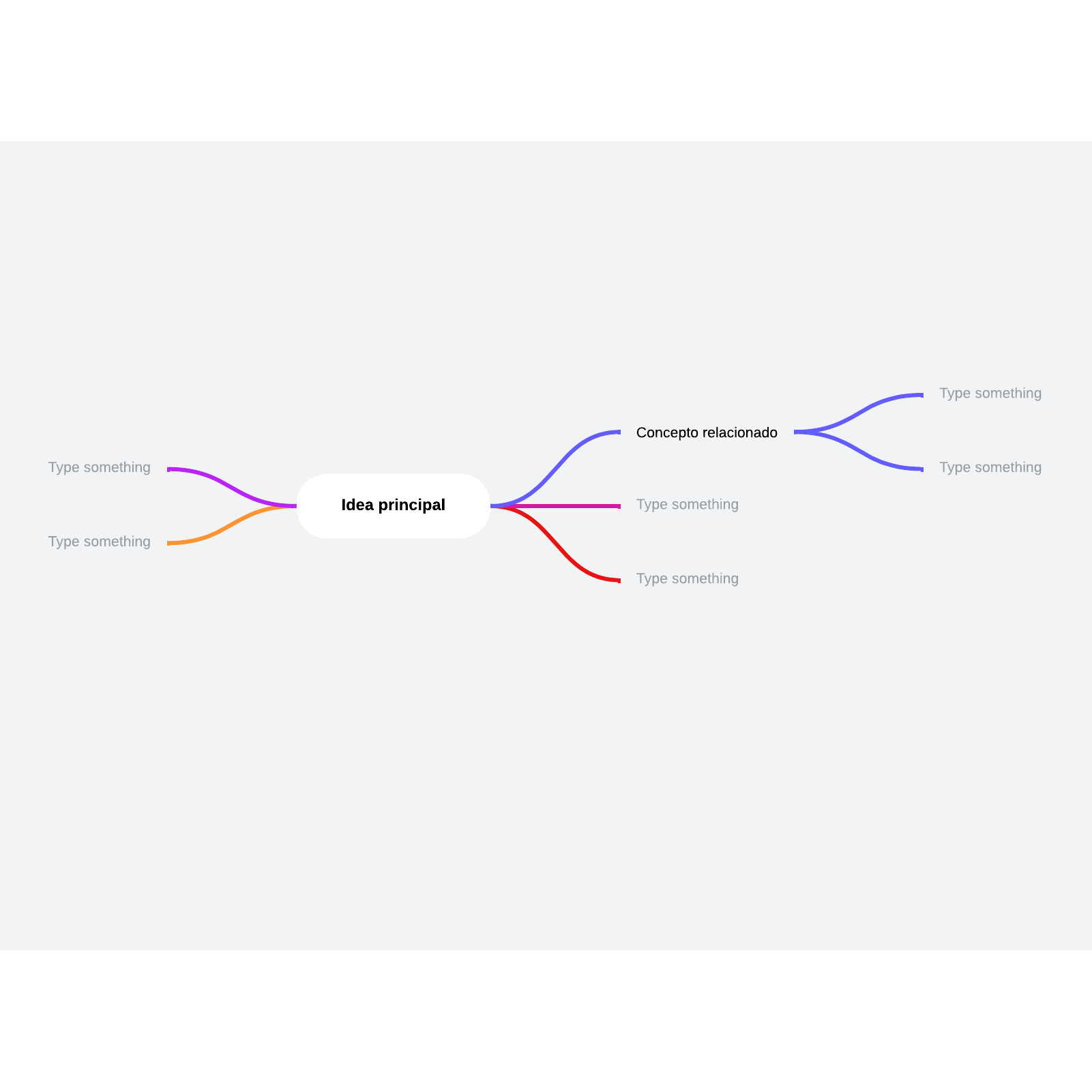Modern theories of project management are as ubiquitous as the industries that use them. We have process-based, traditional, lean, benefits realization, and critical chain project management, to name a few. Each method requires new processes, tools, and diagrams that may or may not be working for you. Especially if you manage a small or medium-sized team, intensive processes and elaborate diagrams may require much of your time and many of your resources without returning compensatory value. Fortunately, you may be able to resolve this issue with a solution as simple as project management mind maps.
What are mind maps?
Popularized in the 1970s by author and educational consultant Tony Buzan, mind maps organize related topics around a central or core idea. The core idea is written down, and then subtopics radiate outward from the core idea. Each subtopic can be broken down further and further making a mind map with hundreds or even thousands of end nodes if desired.
Buzan claims that this is the way our brains naturally operate, and he calls it “radiant thinking.” All of our core thoughts are connected to dozens of associated ideas that radiate outward endlessly. Because mind mapping mimics this process of thought, it feels intuitive and can help organize ideas efficiently.
Why use mind maps?
Mind maps produce a number of positive effects among users. For example, mind maps can:
- Improve critical thinking and creativity
- Promote idea generation in groups
- Help with problem solving
- Improve learning and understanding of concepts
These effects are especially beneficial for project managers. Project management mind maps can help teams that are roadblocked to think critically and problem solve. They can be a valuable aspect of brainstorming a new million dollar idea. When starting a new venture, project management mind maps can provide needed context in a way that is understandable to all stakeholders. Creativity, problem solving, idea generation, and group understanding are all benefits that universally facilitate the work of project managers.
How to use mind mapping for project management
Managers can leverage the benefits of project management mind maps throughout the lifecycle of a project. Here are just a few ideas.
1. Collect project requirements
Use a mind map to break projects into smaller project components. For each component, work with technical and decision-making stakeholders to add requirements to your mind map. With Lucidchart, you can have everyone edit the mind map together during a meeting, or separately to accommodate busy schedules.
2. Taking notes
During work meetings, take notes using mind maps. Jot down the main idea of the meeting, and add branches with ideas, questions, and points as the meeting progresses. Then, use Collaborative AI to summarize themes and main ideas in seconds. Taking notes with mind maps rather than a bullet list requires the listener to engage with the material, increasing understanding and recall.
3. Presenting
Turn your project management mind maps into presentations. As opposed to making a presentation that organizes ideas linearly, the organic flow of thoughts in a mind map allows you to adjust your presentation according to the response of your audience. Focus on areas of interest and skip over points that are not engaging listeners. Try using Lucidchart’s presentation mode to turn your next project management mind map into a slide deck.
4. Store information
Mind maps organize content topically. Therefore, when built with a web-based mind map tool such as Lucidchart, they function ideally as a central repository of information. Store links, files, graphics, and colleague contact information are all sorted by topic. Because this mind map lives in Lucidchart, you can share it with others that may need access to your files. They can open the document to find what they need every time.

5. Whiteboard/brainstorm
Ideate with your team using mind maps. Whether you are trying to solve a problem or come up with a new project, sitting down together and throwing ideas on a board is one of the best ways to tackle challenges. When you’ve hit a wall, Lucid’s intuitive mind mapping capabilities can use AI to suggest related ideas, expanding your mind and helping you continue your productivity.
Lucidchart supports multiple editors in a single document, meaning that everyone can contribute to a brainstorming mind map.
6. To-do lists
Mind mapping a to-do list is a skill that can increase personal and team productivity. Think through all of the pieces of a project and then all of the steps that must be taken to accomplish each piece. Once you have mind mapped all of your to-dos, you can rank them by hierarchy of importance in a list. Starting with a mind map before making your prioritized list ensures that no important tasks are forgotten. Likewise, it’s easier to objectively prioritize when all of your tasks are in front of you rather than trying to prioritize from the beginning.
Tips for making project management mind maps
Lucid’s mind mapping features help you create organized maps in seconds. Consider these tips to make them as valuable as they can be:
- Don’t worry about formatting and organization—Lucid can do that step for you! Just get your ideas down.
- If you get stuck, utilize our Collaborative AI tool to keep working. Uncover related ideas, themes, and suggestions in seconds.
- Use curved lines, colors, and images throughout. These features make your mind maps more exciting and more engaging.

Learn all about how Lucid can level up your mind maps. Includes free templates!
Check it outAbout Lucidchart
Lucidchart, a cloud-based intelligent diagramming application, is a core component of Lucid Software's Visual Collaboration Suite. This intuitive, cloud-based solution empowers teams to collaborate in real-time to build flowcharts, mockups, UML diagrams, customer journey maps, and more. Lucidchart propels teams forward to build the future faster. Lucid is proud to serve top businesses around the world, including customers such as Google, GE, and NBC Universal, and 99% of the Fortune 500. Lucid partners with industry leaders, including Google, Atlassian, and Microsoft. Since its founding, Lucid has received numerous awards for its products, business, and workplace culture. For more information, visit lucidchart.com.

